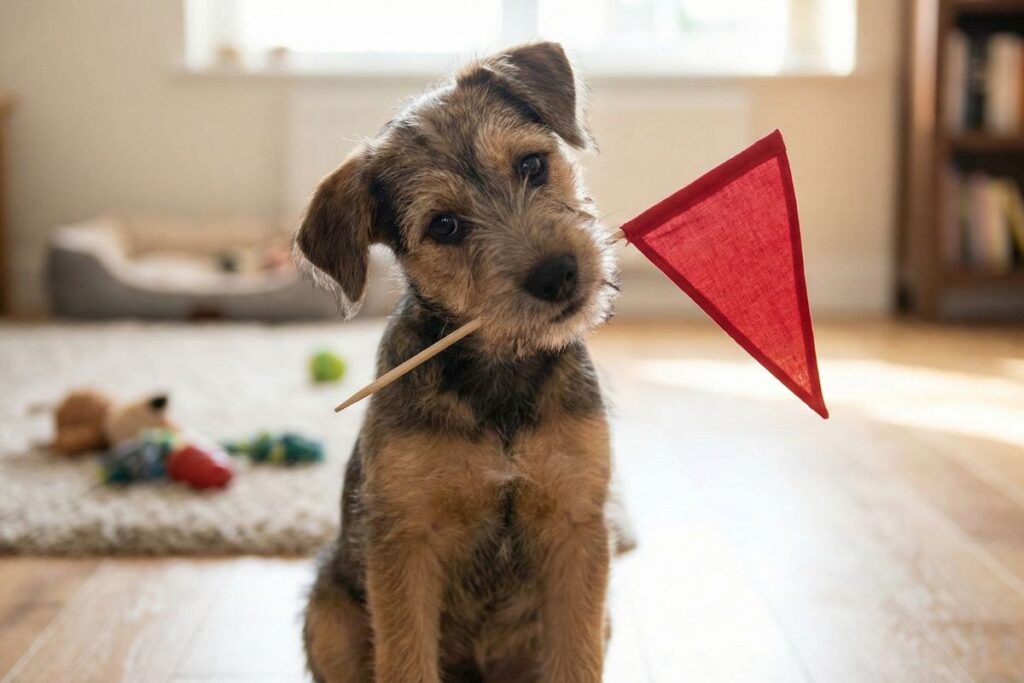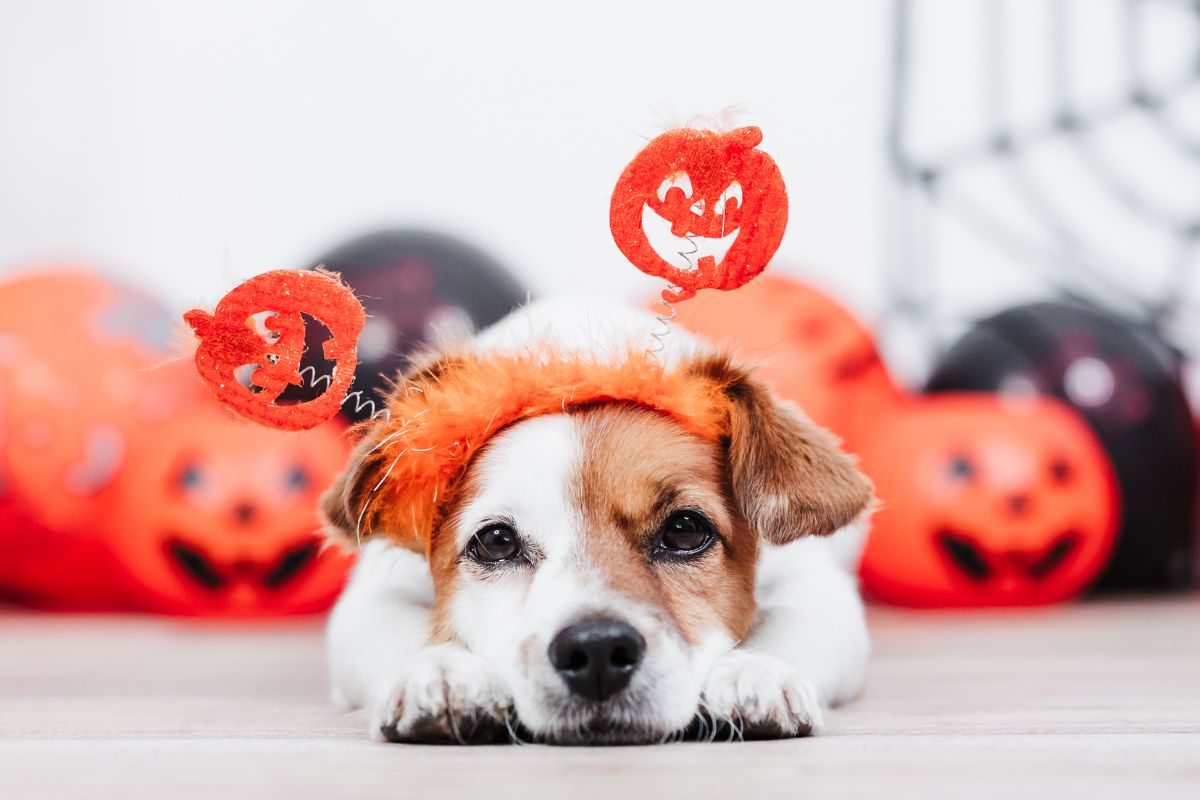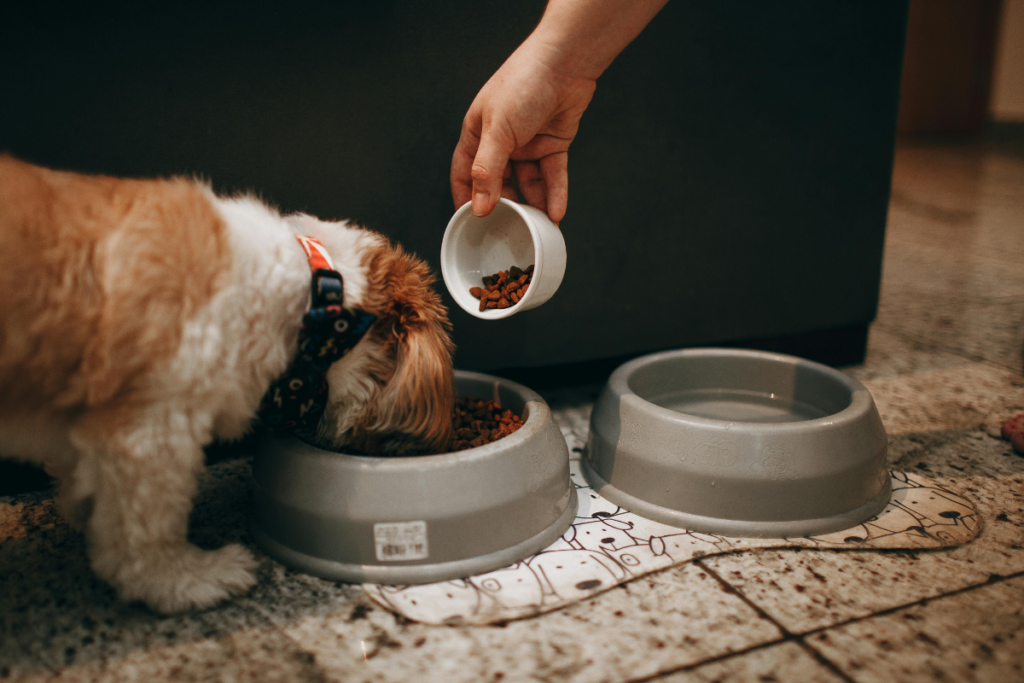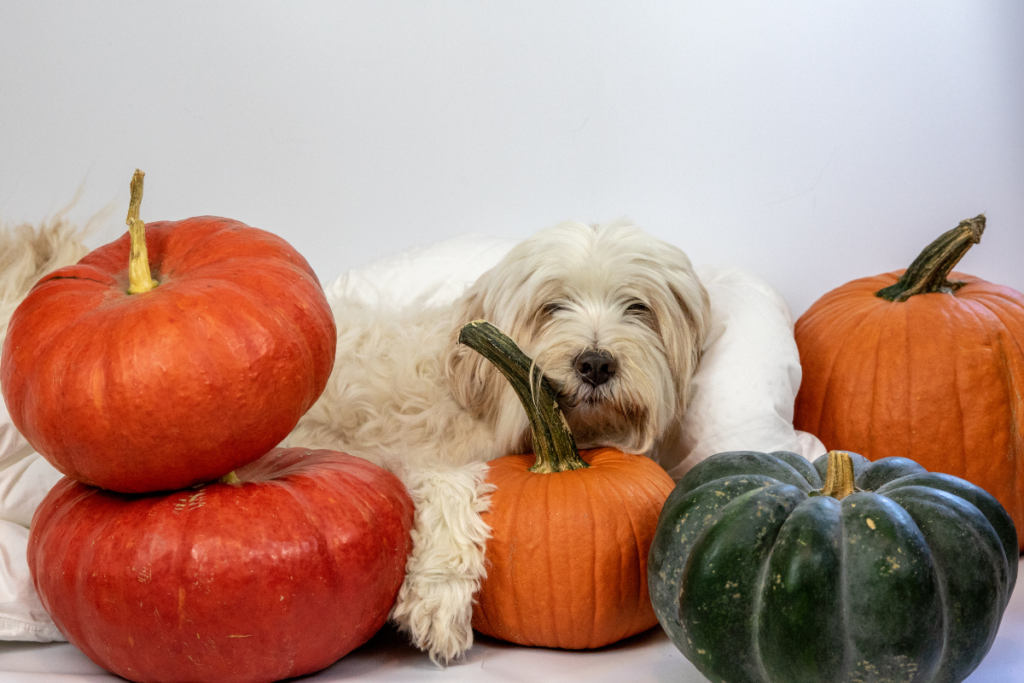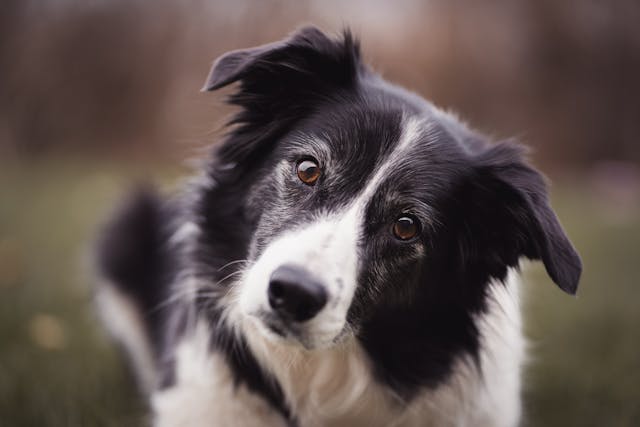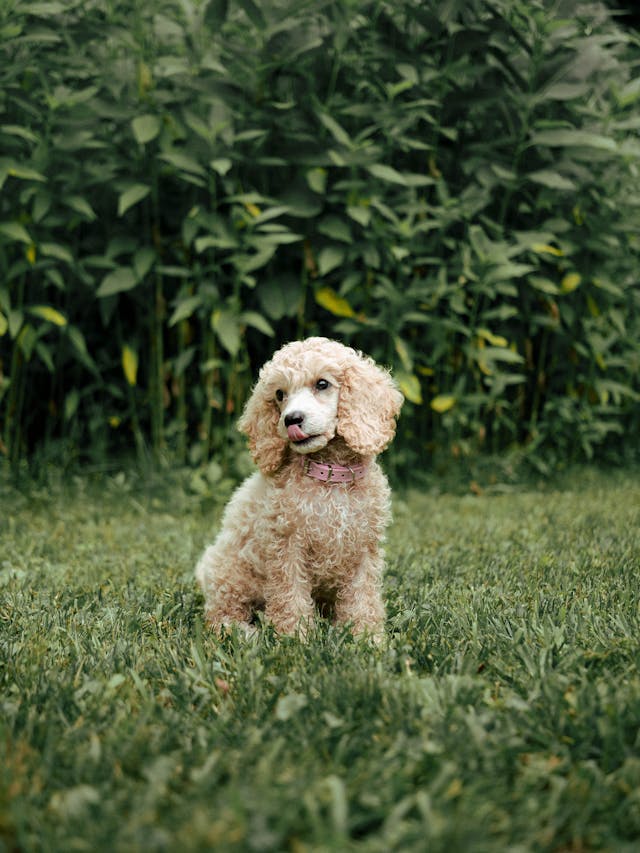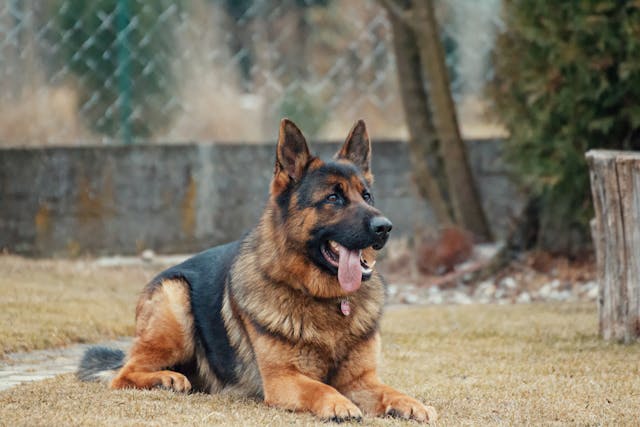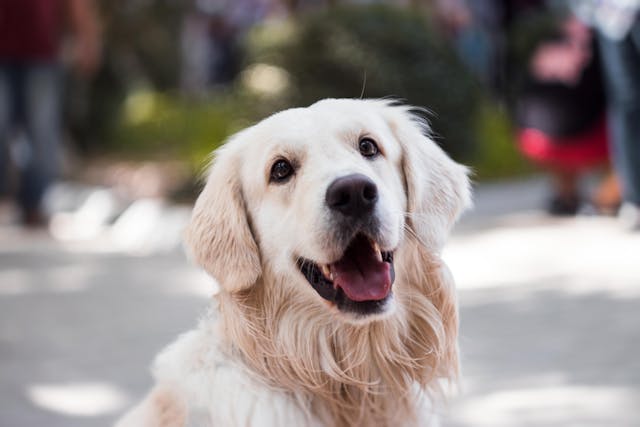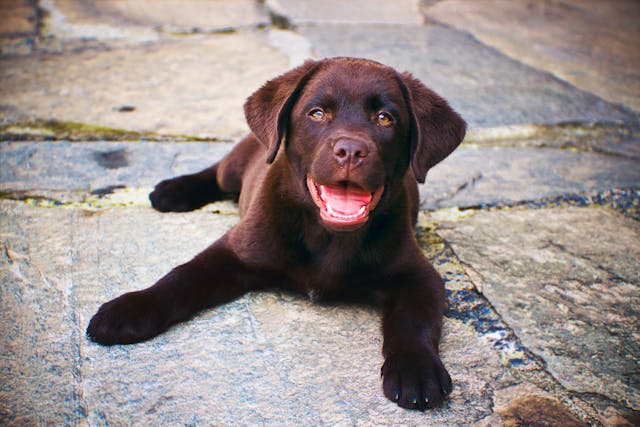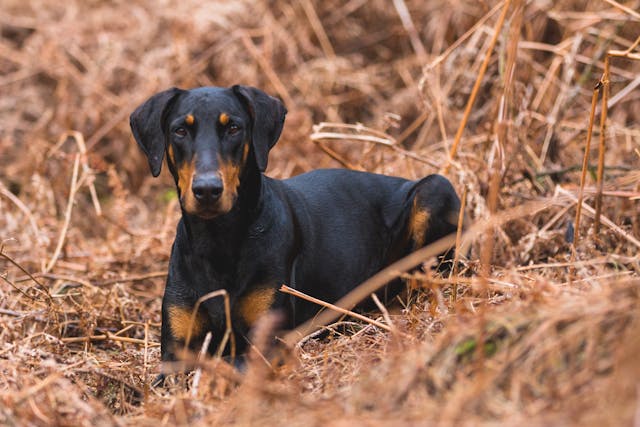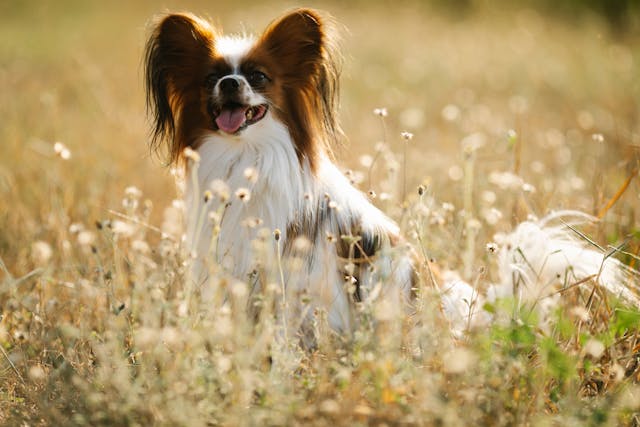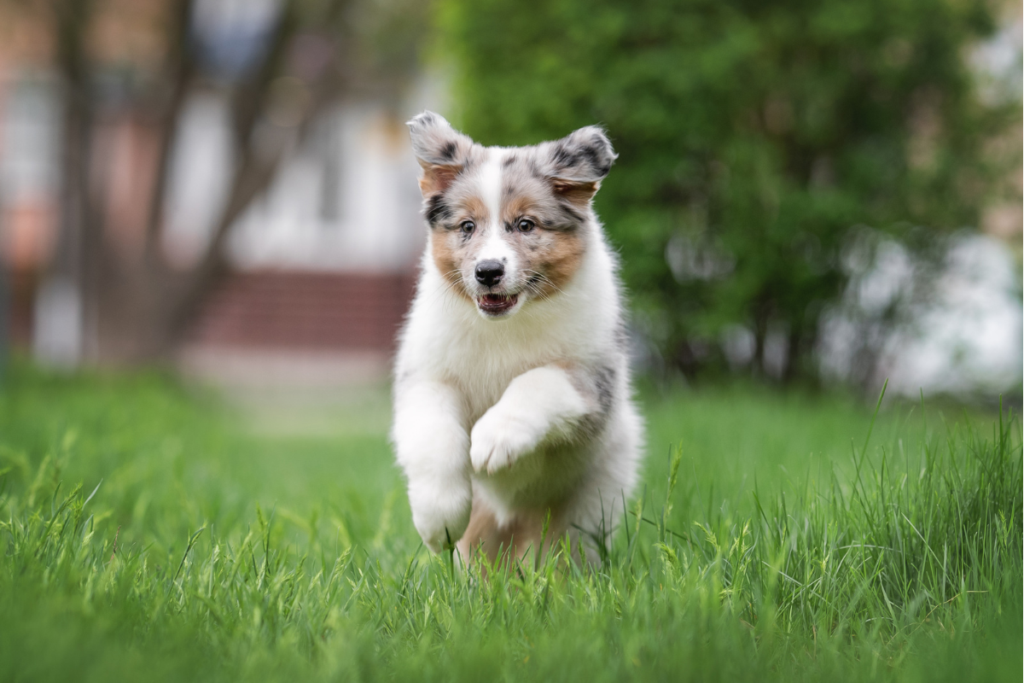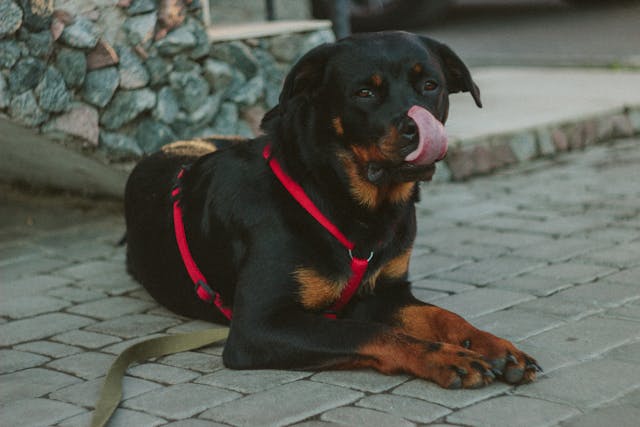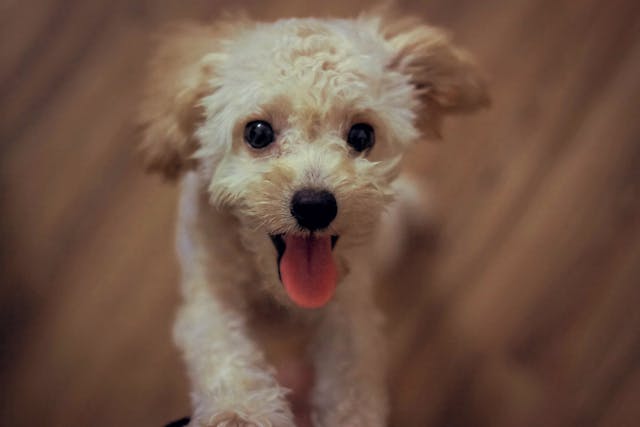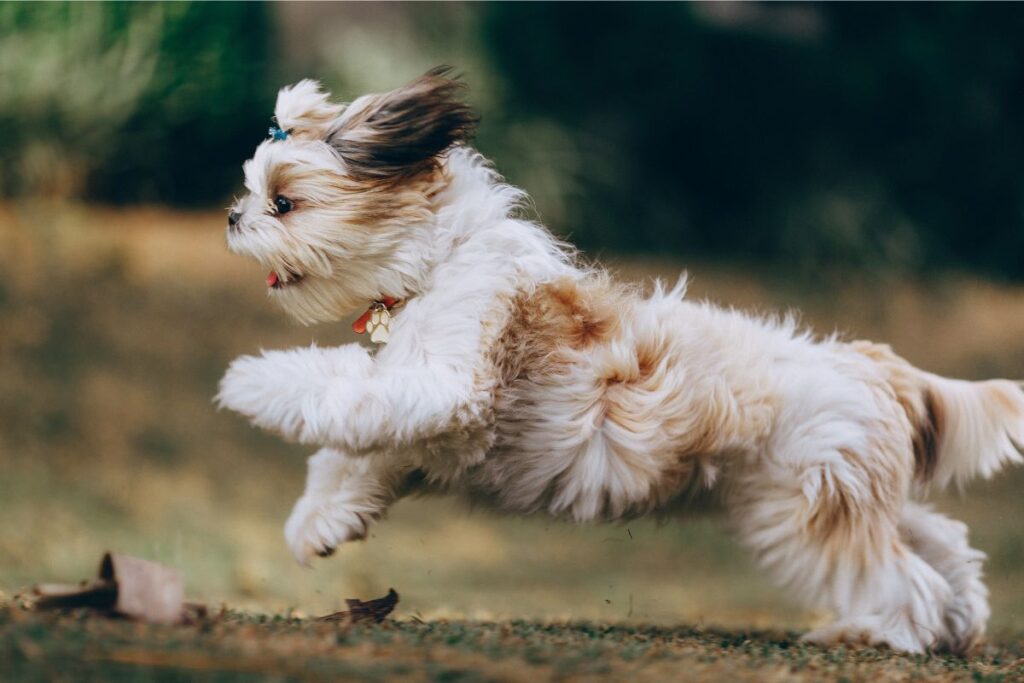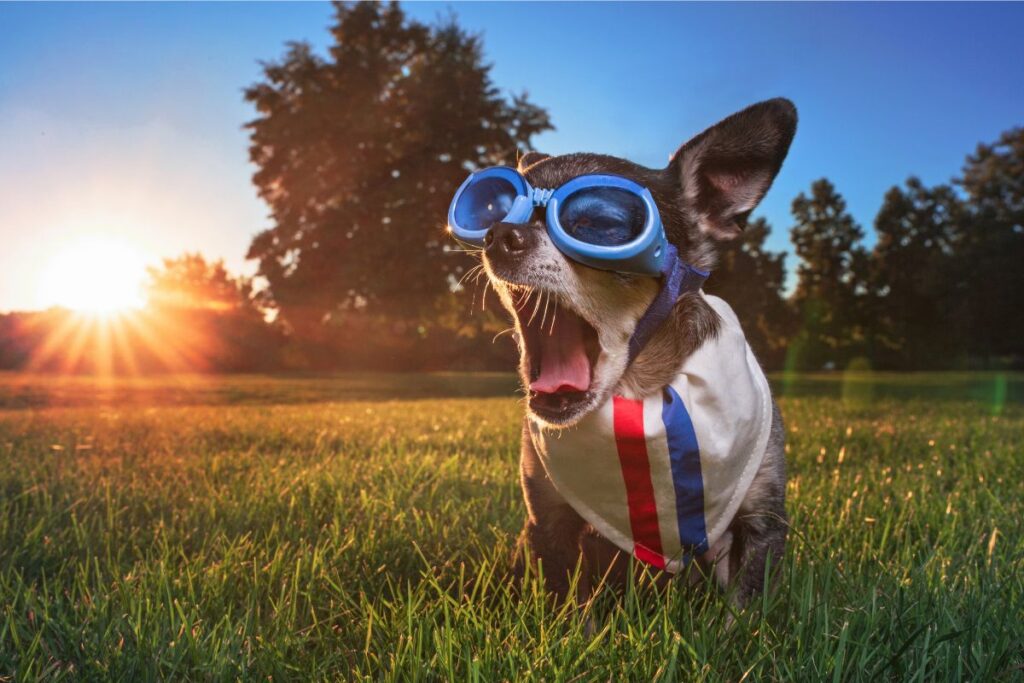The holidays are for twinkling lights, cozy blankets, and of course… puppies! But if you’ve ever wondered which iconic Christmas movie pup is your festive spirit animal, now’s your chance to find out. Take this playful quiz and see which canine companion perfectly mirrors your personality this holiday season!

Question 1: Your ideal holiday vibe is…
A. Relaxed, quiet evenings with warm cocoa
B. Silly, full of laughs, and a little chaotic
C. Family-focused and a bit traditional
D. Eccentric and creative with a touch of magic
E. Big, bold, and totally extra
Question 2: How do you handle holiday stress?
A. Take a deep breath and go with the flow
B. Crack jokes and make everyone laugh
C. Stick to a plan and keep things organized
D. Turn it into a fun adventure or DIY project
E. Embrace the chaos: bring it all on
Question 3: Your festive style is…
A. Cozy knits and timeless classics
B. Bright, quirky, and colorful
C. Coordinated and picture-perfect
D. Unique, artsy, and whimsical
E. Loud, bold, and unapologetic
Question 4: What’s your go-to holiday snack?
A. Gingerbread cookies or warm cocoa
B. Candy canes and anything sweet and fun
C. Classic roast or anything savory
D. Something unique, pumpkin spice or flair-filled
E. Anything you can sneak… and maybe eat twice
Question 5: Your ideal gift for a friend?
A. Something meaningful and personal
B. Something fun, silly, or totally unexpected
C. A practical gift they’ll actually use
D. A quirky, one-of-a-kind surprise
E. Something big, bold, or over-the-top
Results: Which Holiday Pup Are You?
Mostly A’s: Max (How the Grinch Stole Christmas)
You’re loyal, patient, and quietly heroic. Like Max, you’re the dependable companion who keeps the chaos at bay while spreading warmth and love. You might not demand the spotlight, but your thoughtful gestures and steady presence make every holiday brighter. Curling up with a blanket and a mug of cocoa? That’s your perfect festive evening.
Mostly B’s: Snoopy (A Charlie Brown Christmas)
Playful, fun-loving, and endlessly charming, you light up every room you enter. Snoopy vibes radiate through your holiday antics: you dance on tables, join in on carols, and never miss a chance for a cheerful prank or a silly costume. You remind everyone around you to enjoy the little moments and embrace joy this season.
Mostly C’s: Beethoven (Beethoven’s Christmas Adventure)
Steady, dependable, and a true family favorite, you embody the heart of the holidays. Like Beethoven, you make sure traditions are upheld, everyone is fed, and that laughter flows naturally around the table. Your friends and family rely on your calm energy, your warm spirit, and your knack for turning even ordinary days into lasting memories.
Mostly D’s: Zero (The Nightmare Before Christmas)
Creative, whimsical, and a little spooky, you turn ordinary holiday moments into magical adventures. Zero’s imaginative energy fits you perfectly: you see every string of lights, every snowflake, and every gift as an opportunity for wonder. Whether it’s DIY decorations, quirky party ideas, or adding a twist to classic traditions, your festive spirit is unforgettable.
Mostly E’s: The Bumpus Hounds (A Christmas Story)
Bold, chaotic, and utterly memorable, you transform the holidays wherever you go. Like the Bumpus Hounds, you dive headfirst into mischief, laughter, and unexpected adventures. You take every holiday tradition and turn it into an experience that everyone will remember, and probably laugh about for years to come.
Unleash Your Holiday Spirit!
Whether you’re a mischievous Max, a joyful Snoopy, or a heroic Beethoven, every holiday pup personality brings laughter, love, and festive magic to the season. Embrace your inner furry spirit and make this holiday your most paw-some yet!

